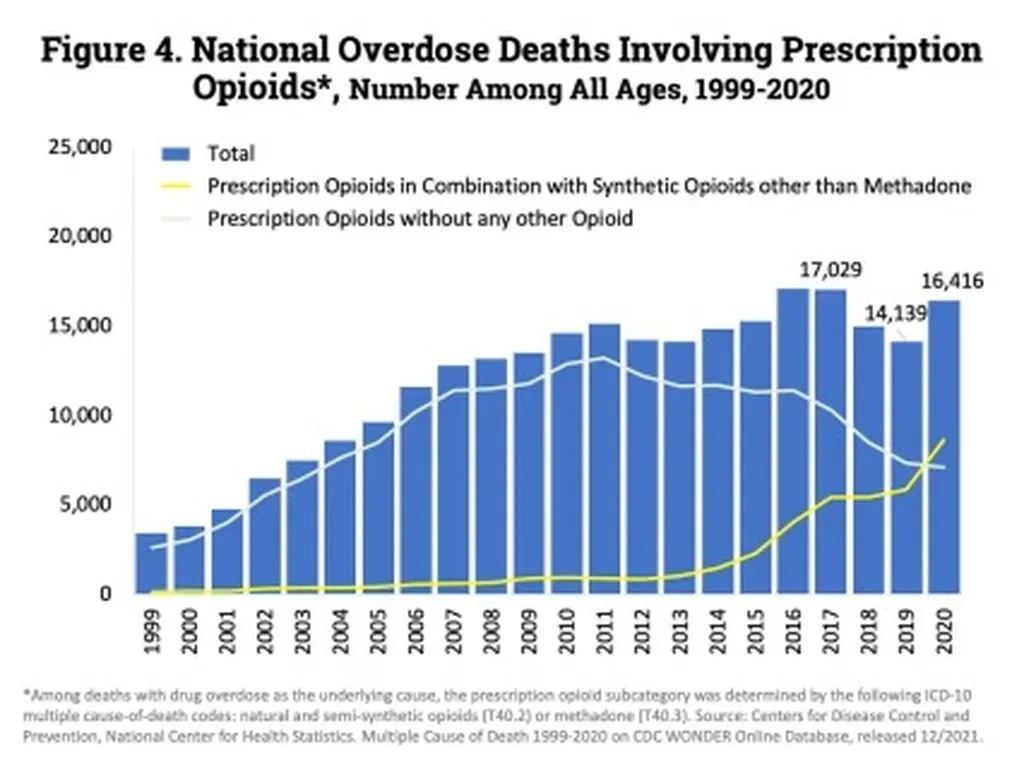Opioid addiction is a serious public health issue that has affected millions of people worldwide. The Pittsburgh region is among the hardest hit by the growing epidemic of opioid use disorder.
According to the Centers for Disease Control and Prevention (CDC), the number of overdose deaths involving opioids has quadrupled since 1999.

One alternative to traditional pain management methods, such as prescription opioids, is chiropractic care. Chiropractic care is a type of healthcare that focuses on the treatment and management of neuromuscular disorders, with a particular emphasis on the spine (neck and back).
There is evidence to suggest that chiropractic care can be very effective in managing chronic pain, including back pain, neck pain, and headaches. A review published in the Journal of Manipulative and Physiological Therapeutics found that chiropractic care was associated with significant reductions in pain and opioid use in patients with chronic low back pain.

Additionally, a study published in the Journal of the American Medical Association found that chiropractic care, in combination with exercise and education, was more effective at reducing chronic low back pain and improving function compared to traditional medical care.
Overall, chiropractic care may be a useful option for individuals seeking relief from chronic pain and for those looking to reduce their reliance on prescription opioids.
Sources:
- Centers for Disease Control and Prevention. (2022). Overdose Deaths Involving Opioids. Retrieved from https://www.cdc.gov/drugoverdose/data/overdose.html
- Bronfort, G., Haas, M., Evans, R., Leininger, B., & Triano, J. (2010). Spinal manipulation, medication, or home exercise with advice for acute and subacute neck pain: a randomized trial. Journal of the American Medical Association, 303(12), 1291-1299.
- Vermani, E., Nuzzo, J. L., & Vig, K. (2017). Chiropractic care as an alternative to opioids for the treatment of chronic low back pain: a systematic review. Journal of Manipulative and Physiological Therapeutics, 40(6), 417-425.
